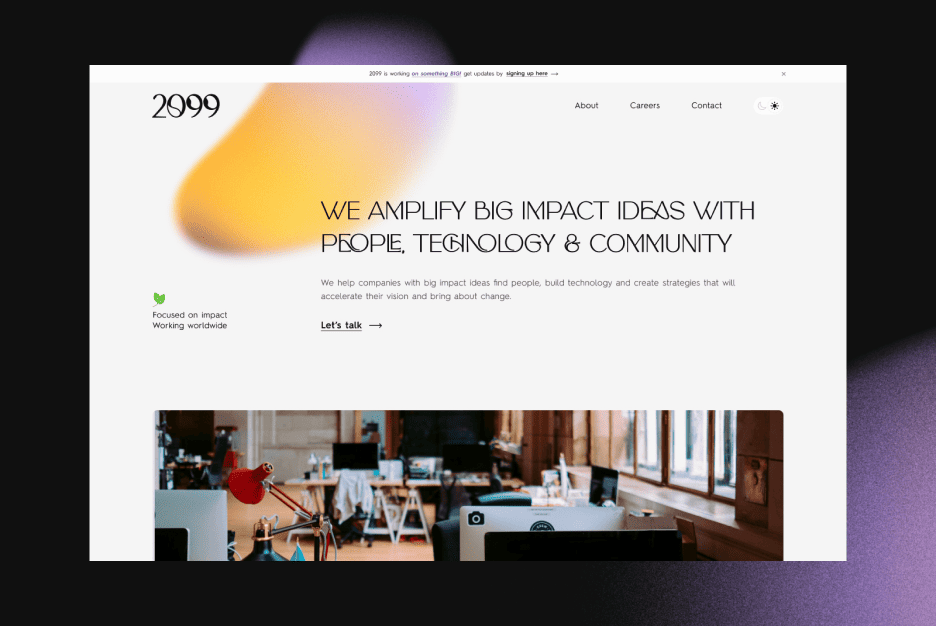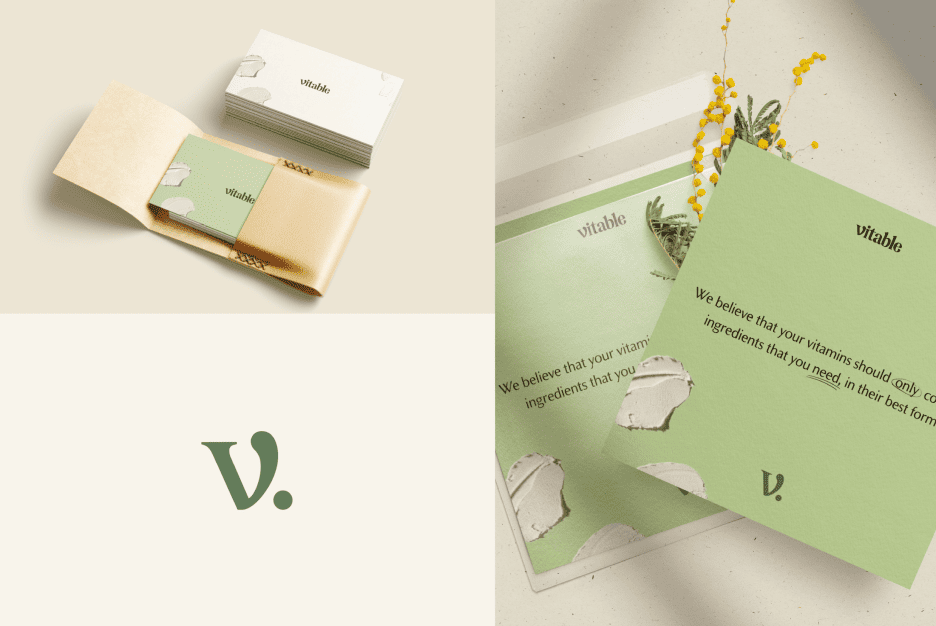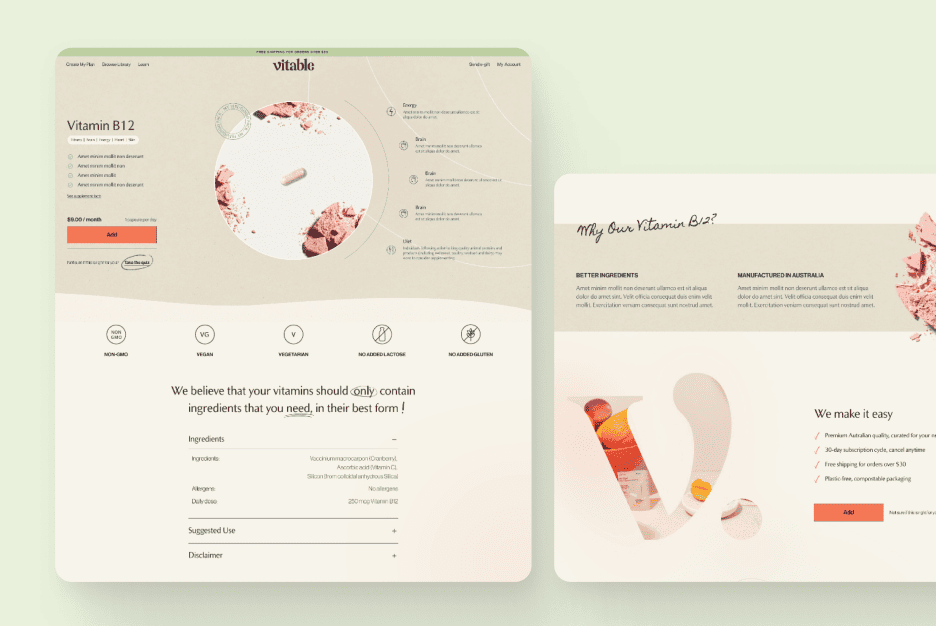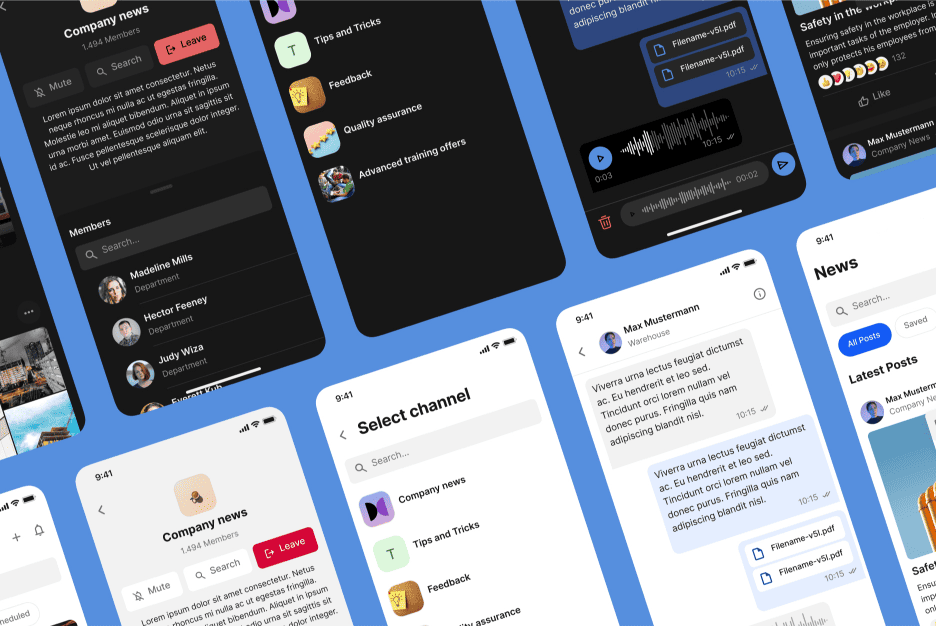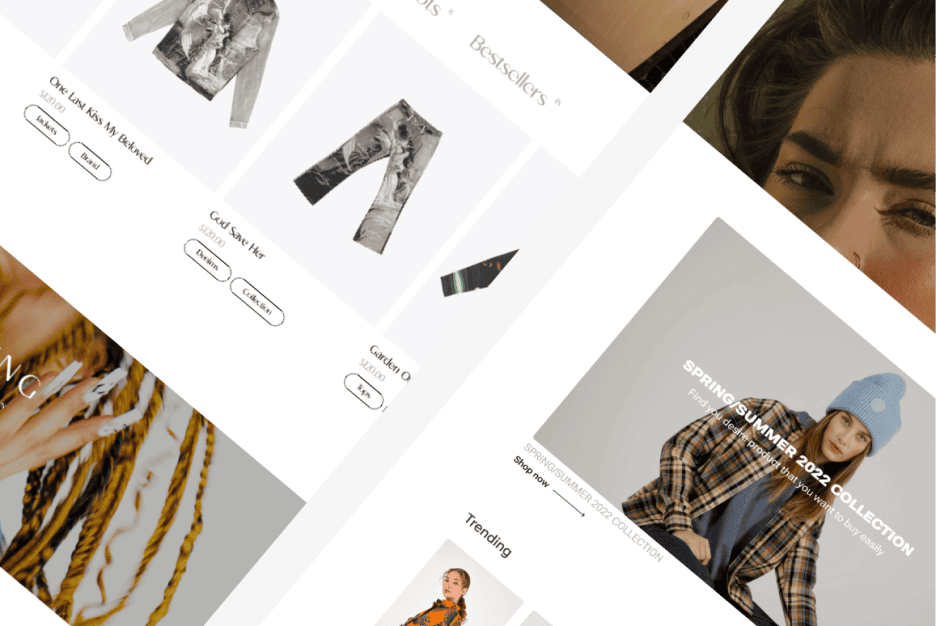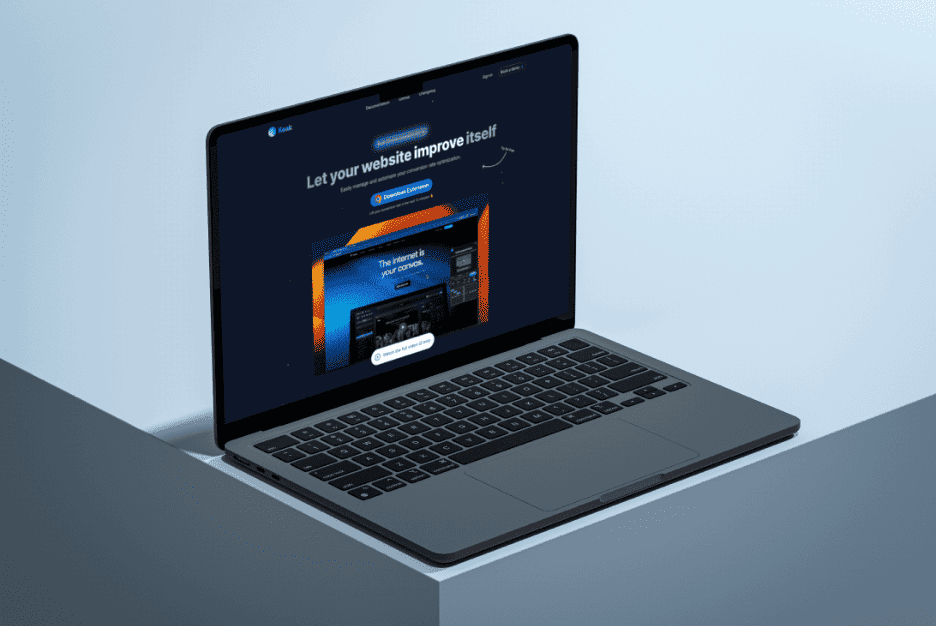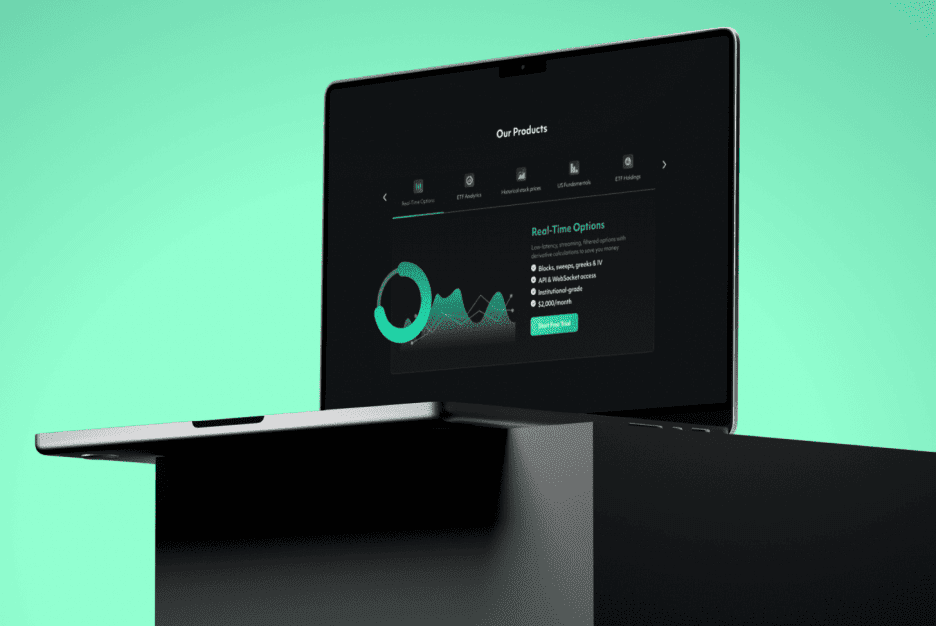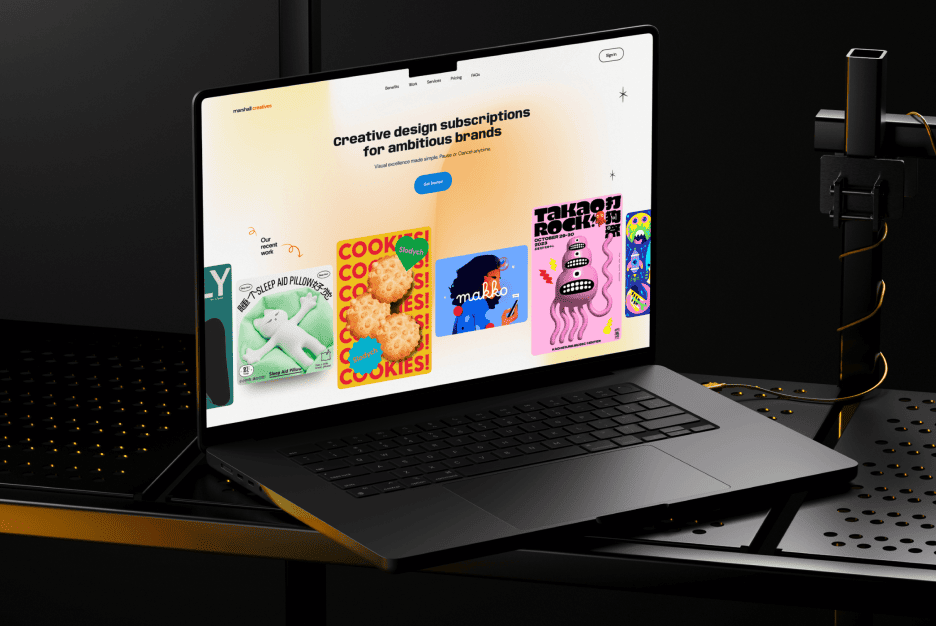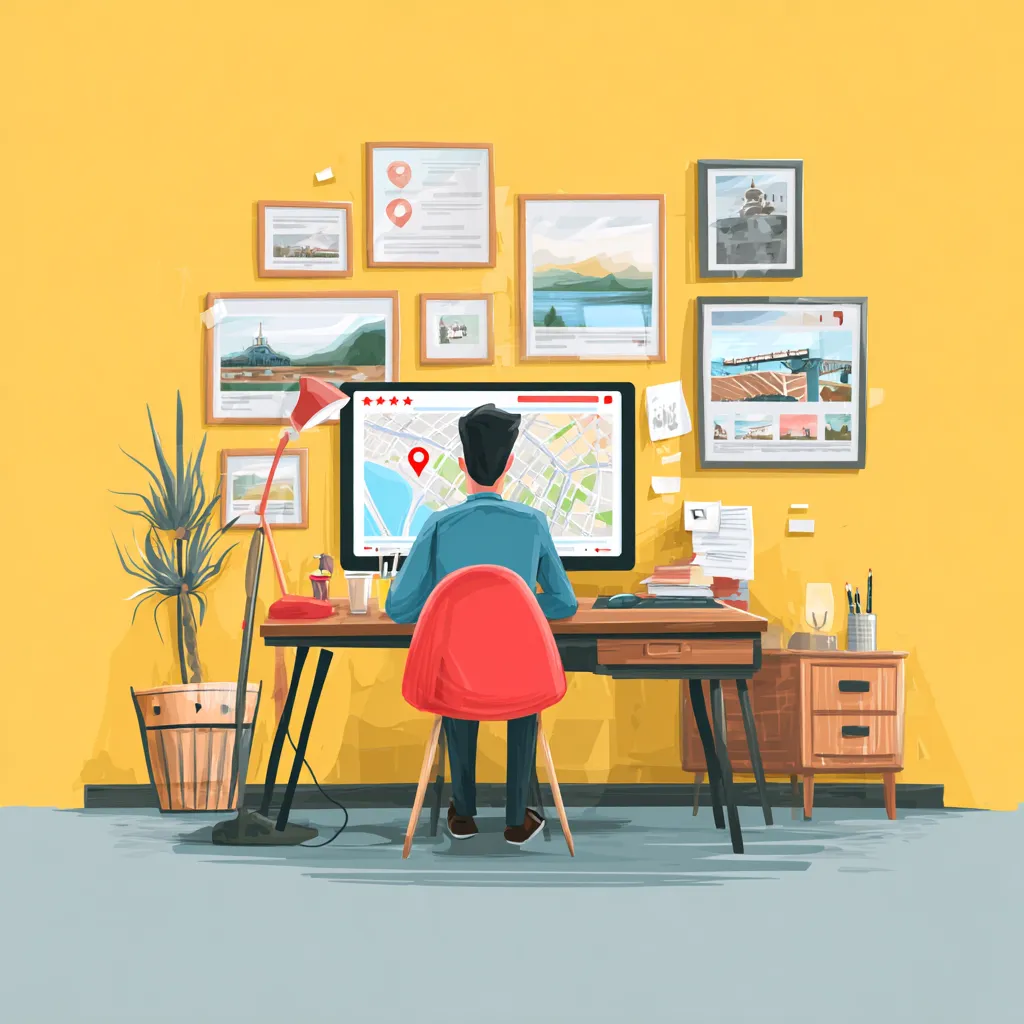Running a creative studio is tough — everyone claims they’ve got “the most unique design ever.” But here’s the twist: a lot of clients searching for branding, video, or web magic start with something as boring as Google Maps. And that’s where you can outsmart competitors with a clever local SEO strategy. Instead of chasing faceless global traffic, focus on the clients who are just a few blocks away.
The best part? Unlike huge ad campaigns, local optimization doesn’t require a Hollywood budget. It’s about knowing the right tricks, polishing your digital storefront, and giving potential customers zero reasons to scroll past your listing. Let’s break it all down so your studio becomes the one that pops up first when someone nearby searches “cool creative agency near me.”
Local SEO for creative studios what it is and why you need it
Local SEO isn’t rocket science — it’s basically helping search engines understand where you are and why you matter to people close by. When someone types “graphic design studio Brooklyn,” you want your name flashing at the top, not buried under twenty bland listings. Think of it as digital word of mouth, but instead of gossiping neighbors, it’s algorithms pointing clients to your door.
For creative businesses, this is a game changer. You’re not selling toothpaste that ships worldwide — you’re selling ideas, visuals, and concepts that feel personal. Most companies prefer working with local partners because it feels easier, more trustworthy, and yes, they like the idea of dropping by your office if needed. That means local SEO doesn’t just bring clicks, it brings the right kind of clicks.
Google Business Profile how to turn it into a client magnet
Your Google Business Profile is like your studio’s digital business card — only way more powerful. It shows up on maps, in local results, sometimes even before your website. Ignore it, and it’s like leaving your office locked with a “back in 5 hours” sign.
Fill out every single field: categories, services, working hours, phone number. Write a description that sounds human, not like a robot. Add some playful touches if that’s your vibe. And yes — pick the right Font for visuals you upload, because design consistency matters even at this micro level. Your profile can either look like a dusty storage closet or like a stylish lobby that whispers, “Yep, we’re the team you’re looking for.”
Visual style and photos in your profile what works best for studios
Let’s be honest: nobody trusts a “creative studio” with grainy office shots from an old phone. Pictures and videos in your profile are your first impression, and psychology shows visuals impact decision-making way more than text.
Show off your workspace, your team in action, behind-the-scenes shots, and even fun moments from brainstorms. Upload short clips too — people live in a Scroll culture, so quick videos grab their attention before they bounce. You’re selling creativity, so your listing needs to ooze it before they even click your website.

Why reviews are the lifeblood of a creative studio
Reviews are your reputation on display. Even one bad rating can scare someone off if you don’t have enough glowing feedback to balance it. Clients want proof that you’re not only talented but also reliable.
Here’s the kicker: reviews influence both human trust and Google rankings. A steady stream of positive feedback tells algorithms you’re relevant and signals to potential clients that you’re worth their time. Don’t stress about chasing only five-star ratings — authenticity counts. A thoughtful four-star review with details feels more believable than a vague “Awesome job!”
How to encourage clients to leave reviews and handle negative ones
Nobody likes begging for reviews, but let’s be real — most happy clients just forget. Make it easy for them. Send a direct link right after finishing a project, maybe with a little humor to keep it friendly. People are way more likely to leave feedback if the request feels personal, not corporate.
And about the dreaded bad review: don’t delete it or start a keyboard war. Stay calm, respond politely, and own up to mistakes if they happened. Explain what you did to fix the situation. Believe it or not, a professional response can sometimes turn a critic into a loyal fan.
Why service pages on your website matter
Service pages are like your portfolio’s wingmen. Without them, your site feels vague and generic. With them, it turns into a structured menu that both clients and search engines love.
Each page should focus on one service — branding, motion design, photography, whatever you offer. That way, when someone searches “logo design studio nearby,” Google knows exactly which page to serve. Plus, clients appreciate a clear breakdown instead of a mysterious “we do everything” promise.
The anatomy of a high-ranking service page
There’s no magic template, but strong service pages usually include:
- A clear headline that says what you actually do (not “Welcome to our world”)
- A short intro explaining who benefits from the service
- Examples or portfolio snippets
- Transparent pricing or at least ranges
- An FAQ section to calm doubts
Don’t forget small details — Micro-UX matters. Things like a visible “Contact us” button or a smooth Scroll experience can mean the difference between someone leaving in seconds or filling out your form.
Using local keywords without sounding like a robot
Gone are the days of stuffing “creative studio New York” fifteen times into one page. Search engines are smarter, and humans always hated that anyway. Use location-based keywords naturally — in titles, meta descriptions, and sprinkled throughout the content.
Think bigger than just “graphic design London.” Mix it up with “branding experts in Shoreditch” or “creative team near Old Street.” It reads naturally and gives search engines enough context to rank you properly.

Case studies of creative studios winning with Local SEO
Want proof this stuff works? Plenty of small studios climbed from obscurity to local heroes with simple tweaks. A tiny design shop in Berlin doubled their inquiries after optimizing service pages and asking every happy client for a review.
Another example — a video production team in Toronto improved their photos and added location-based keywords. Within months, they ranked in the top three results. They didn’t reinvent the wheel, they just played the local SEO game consistently.
Checklist to see if your studio is ready for local SEO
Alright, let’s test your setup. Run through this checklist:
- Is your Google Business Profile fully filled out?
- Do you have professional photos that match your vibe?
- Are you collecting and replying to reviews regularly?
- Does your site have a separate page for each service?
- Have you used local keywords without sounding like a bot?
If you answered “no” more than twice, you’ve got homework to do. The good news? None of this requires rocket science. A bit of effort, some creativity, and maybe a sprinkle of psychology in your copywriting can completely change how easily local clients find you.
